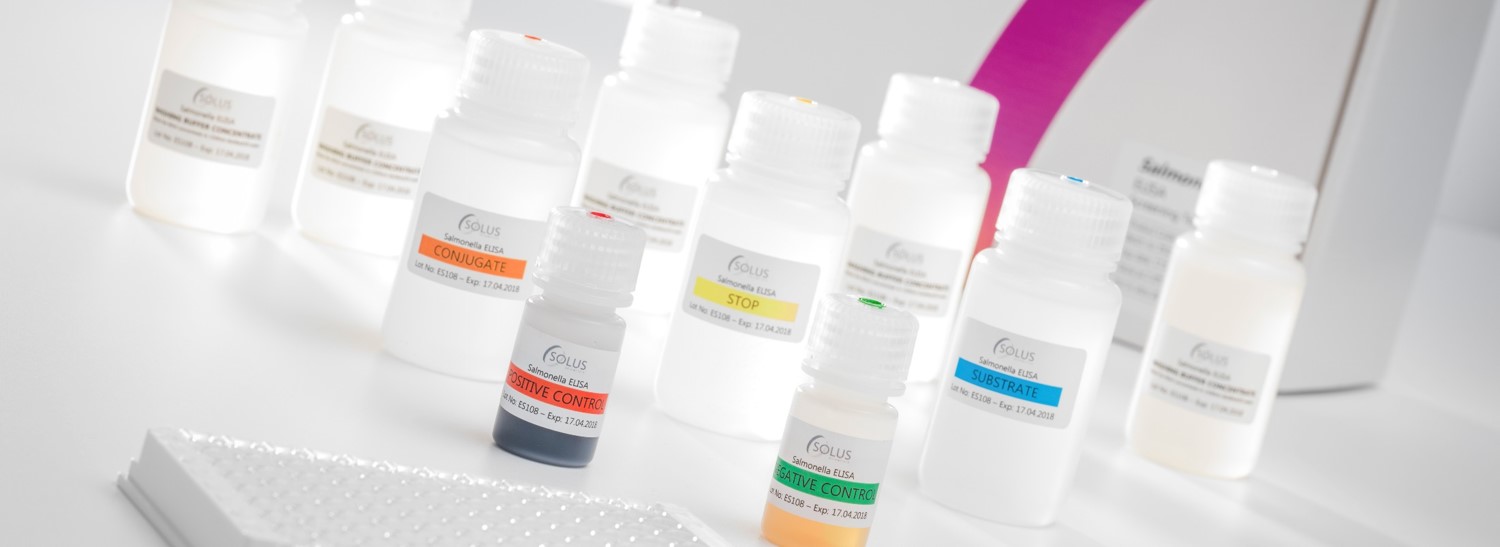Solus Scientific Pathogen testing systems achieve renewed AFNOR certification
Testing food for the presence of pathogens is critical for ensuring food safety. The standard method for performing these tests is based on culture and can take up to five days to obtain a result. Many alternative methods exist which provide results in a faster timeframe. To ensure that these alternative methods are fit for purpose they must be validated and performance compared against a standard method.
Solus Salmonella ELISA and Solus Listeria ELISA have recently been granted renewed AFNOR validation certificates, valid until June 18th 2021. Both tests were validated using the ISO 16140-2:2016 protocol. ISO 16140-2:2016 specifies the general principle and the technical protocol for the validation of alternative, methods for microbiology in the food chain. Validation requires the alternative method (in this case the Solus Scientific methods) to be compared in performance against the reference method for a number of parameters. This certification gives assurance that the results obtained by the alternate method is at least as good, if not better than the “gold standard” reference method.
The previous protocol ISO 16140:2003 was used to validate over 100 alternative methods (including the initial validation and extension study of Solus pathogen testing systems) and is a commonly accepted European and International standard.
In the USA an organisation known as AOAC International publishes standards including those for microbiological analysis. The aim of the organisation is to validate and publish reliable analytical test methods including those used for food safety analysis. AOAC validation is commonly accepted as the required standard for food safety testing in the USA. Solus scientific pathogen testing systems are also approved by the AOAC performance tested methods program.
In June 2016 the ISO 16140 standard was revised, while the principles of both 2003 and 2016 versions remain the same a number of new approaches and acceptability criteria were introduced. A significant intention of the revision was to achieve better harmonisation of requirements between Europe and North America.
Some of the changes include:
- The testing of at least 5 food product categories, excluding environmental samples, in order to apply for validation in the “all human food products” scope.
- New result calculation and interpretation methods, including an accuracy profile.
- Stricter tolerances for artificial spiking of food matrices targeting 1-3 CFU per 25g.
- For Salmonella detection, the number of strains tested has increased to 100.
The result of these changes has made the validation process much more stringent and as a consequence the methods tested can be shown to perform to a very high standard. Currently a low percentage of existing methods have been validated to the new standard, Solus Salmonella ELISA and Solus Listeria ELISA are among this elite group.




